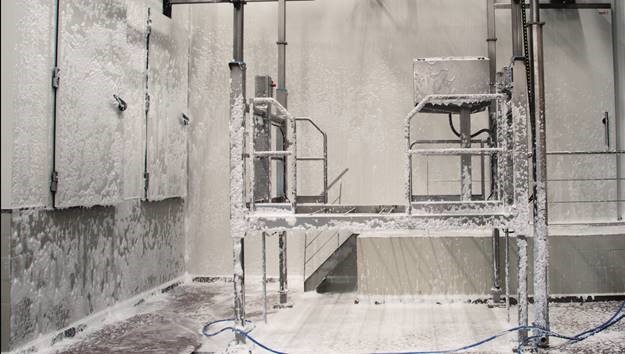
In the food sector this is a well-known term. However, allergens is too often incorrectly assessed when it comes to cleaning and disinfection.
The best known sources of food allergens are gluten, shellfish, egg, fish, peanut, soy, milk, nuts, celery, mustard, sesame, sulphite, lupine and molluscs. Allergens can be named as proteins or protein parts in food products that cause a food allergy. The allergic reaction is caused by the body’s immune system reacting sensitively and making antibodies specific to these proteins/ protein parts.
After producing food which contain these specific proteins, it is important to thoroughly clean the production so that cross-contamination cannot occur to the next batch.
Allergens are organic components that are removed with the help of an alkaline cleaning agent. The well-performed cleaning phase is crucial in the removal of allergens. A disinfectant, on the other hand, has the purpose of killing microorganisms. Practice shows that the cleaning results for removing allergens are better, when rinsing several times during the entire cleaning process. In this context, it can be decided that the disinfection phase can promote the removal of allergens because extra rinsing phases are often added. This means: a pre-rinsing phase, cleaning phase, rinsing phase, disinfection phase and often a post-rinsing phase.
To evaluate the removal of allergens, it is important to validate the results after cleaning. This can range from a visual check-up, an ATP check and allergen-specific tests. Negative allergen results should be obtained after cleaning so that cross-contamination cannot occur.
We can conclude: removal of allergens is directly related to a good cleaning!
